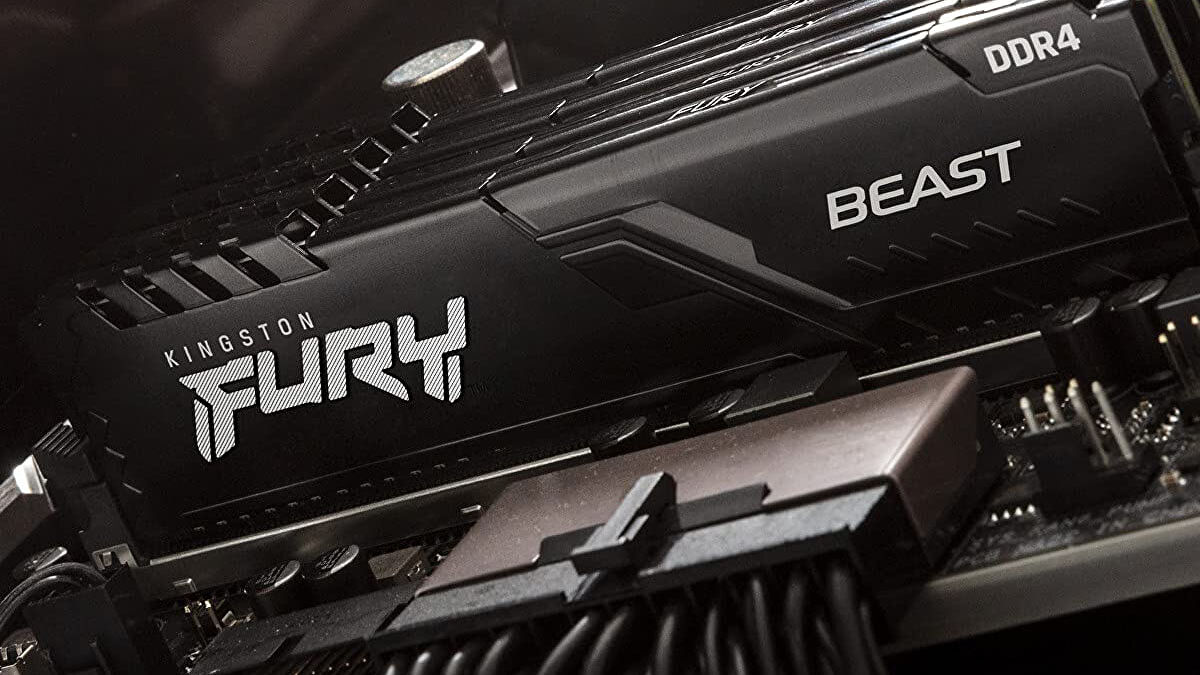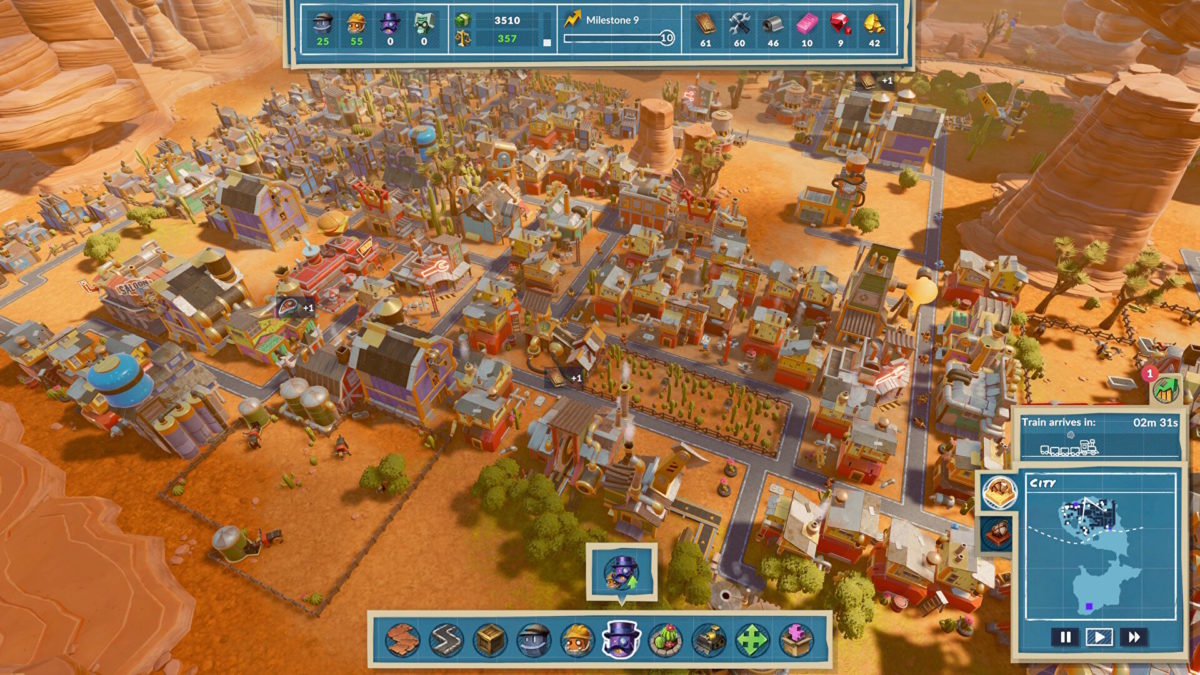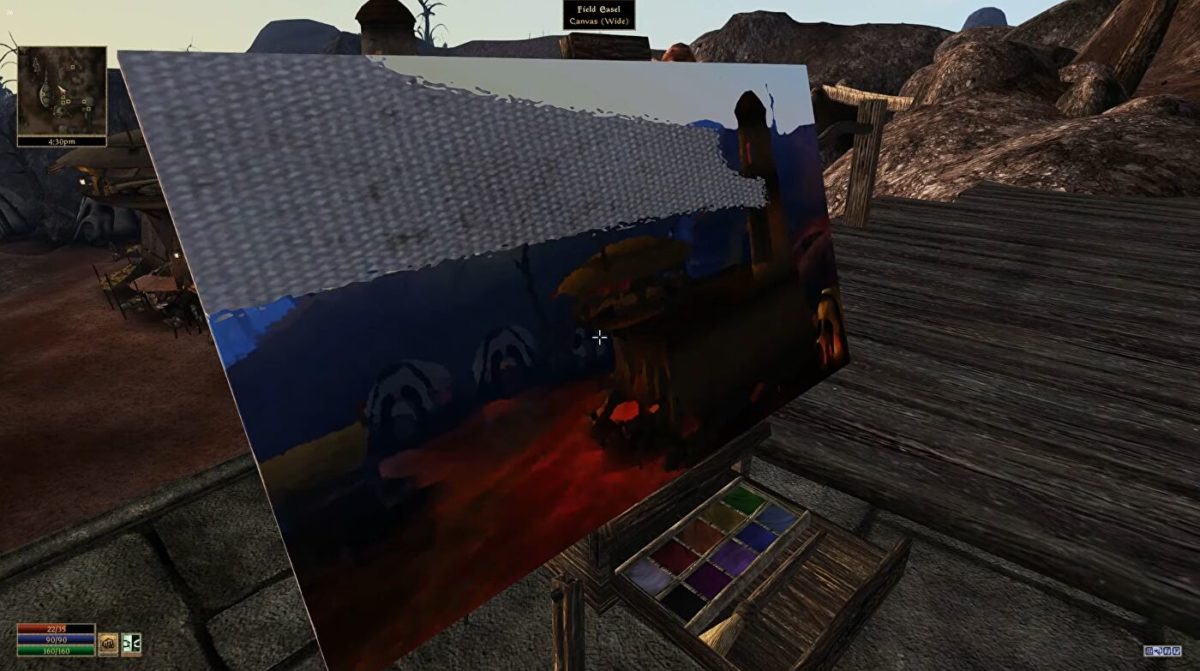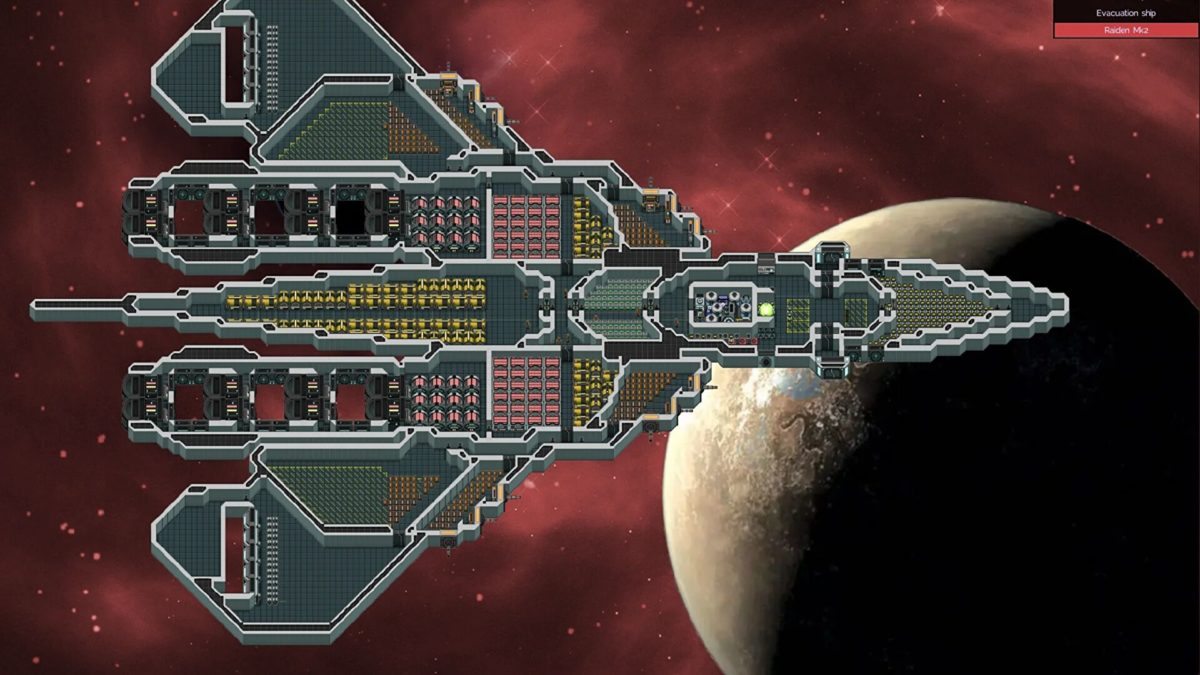If your first real exposure to Ken Block was his collaboration with Codemasters for Colin McRae Dirt 2, released on PC and seventh-generation consoles way back in 2009, you may not have known what to make of him at the time. Pitched as the new face of the franchise in the early promotional materials, Block cut a drastically different figure on screen to the late Colin McRae. McRae had a famous reputation as a madman behind the wheel, but outside of a rally car the Scot always appeared calm, natural, and low-key. Perched behind a set of sunglasses indoors and flanked by Monster Energy models, Block certainly seemed like a contrasting character; a hot dog hand grenade set to blow up Codemasters’ conventions. Scotland’s South Lanarkshire was making way for the Spring Break swagger of Long Beach, California, and Block was clearly being positioned as a core part of Dirt 2’s pivot to a considerably more US-centric, X Games-inspired take on rally racing.
Of course, the sideways shift from a strict focus on traditional rallying was a natural move at the time. Rallying was building steam in the US, and even Colin McRae himself had then-recently been established as a genuine X Games star following his famous duel with extreme sports berserker Travis Pastrana in 2006. McRae and Pastrana had dominated the debut of Rally Car Racing at X Games 12, and McRae looked set to pinch the gold in the final event. That is, until spectacularly rolling his Impreza on the final jump in front of a packed stadium, landing upright in a cloud of dirt, and furiously flooring it over the finish line and securing the second-place silver medal. That Codemasters took notice of his exploits here is a given.
Scotland’s South Lanarkshire was making way for the Spring Break swagger of Long Beach, California.
Still, while there’s no doubt McRae’s tragic passing in 2007 left a hole in rallying, as well as in the video games that celebrate it, you’d have probably been forgiven for wondering whether Ken Block was the right man to fill it.
However, there was much more to Ken Block than any of that early manufactured marketing bluster might have ever suggested.
Tragically, Block passed away at just 55 in a snowmobile accident earlier this month. The news sent shockwaves through the worlds of rally, rallycross, extreme sports, and even the video game industry. If you’re unfamiliar with him, his story is a fascinating one.
Ken Block’s motorsport career didn’t actually begin until 2005, during the inaugural season of the Rally America National Championship. Prior to this, throughout the ’90s, Block had been a successful entrepreneur behind the scenes in board sports – from the establishment of Blunt Snowboard Magazine to the co-founding of DC Shoes alongside Damon Way (the brother of pro skater Danny Way). During the rapid growth of DC Shoes Block had busied himself boosting up extreme sports superstars from the worlds of skating, snowboarding, surfing, BMX, and motocross. Many of these athletes remain household names thanks to such promotion. However, after Quiksilver acquired DC Shoes in 2004, Block pulled off a deeply impressive twist: he became a global sports superstar himself.
At 37 – an age where most racing drivers are over two decades into their careers and rapidly approaching retirement – Block was named Rally America’s Rookie of the Year.
Block’s childhood dream had been to become a professional skateboarder or snowboarder, but he also loved rallying. At 37 – an age where most racing drivers are over two decades into their careers and rapidly approaching retirement – Block was named Rally America’s Rookie of the Year. He would go on to be a 16-time event winner in the series, behind only regular collaborator Travis Pastrana (19), and David Higgins (26), who replaced Pastrana at Subaru Rally Team USA in 2011.
Block would later make history as the first American to compete and earn points in the World Rally Championship, and the WRC recently announced it would be retiring the number 43 – the digits displayed on his cars throughout his career – as a mark of respect. He also had two-dozen starts in the World Rallycross Championship, picking up a pair of third-place podium finishes. On the world stage Block admittedly wasn’t the fastest in the field, but his exploits in rally would ultimately be just one part of what would make him an international auto icon.
Block’s Gymkhana videos are the defining viral automotive video content, with over a billion views and counting across all 10 short films in the series. Block and his team turned having fun in cars into an artfully mixed package of precision driving, insane jumps, and wild drifting – shot in a dynamic way that no one else seemed capable of matching. He’d basically made a skate video with cars, where the focus was exclusively on expression rather than competition. Few people were going to tune in to see Ken Block win Missouri’s Rally in the 100 Acre Wood, but tens of millions would be instantly hooked on watching him do donuts around a man on a Segway scooter.
The first, DC Shoes: Ken Block Gymkhana Practice, arrived in September 2008 and featured Ken Block shredding a decommissioned airbase in a rally-bred Subaru Impreza WRX STi. While modest by his later standards, the original Gymkhana video exploded on the internet. Gymkhana 2 arrived less than a year later, quickly followed by Block’s first appearance on Top Gear, where then-host James May referred to him as a “gamestation character who has emerged into the real world.” The comment was probably more prescient than May realised at the time.
More followed, filmed in various locations including Universal Studios, France, Dubai, and the streets of San Francisco (which has been watched over 115 million times). Sydney, Australia famously missed out on having its very own Gymkhana video in time for the arrival of Forza Horizon 3; Block and his crew were forced to abandon filming down under following the involvement of NSW Police and the opportunity was missed. Now it’s lost forever.
Block expanded on the Gymkhana concept with Climbkhana – a spin-off that saw him tackle Pikes Peak and resulted in one of the most iconic motorsports images captured this century. The sight of Block’s twin-turbo, 1,400-horsepower, methanol-powered Mustang – the Hoonicorn – perilously close to the edge of the mountain, spraying gravel into an unpictured abyss, is unforgettable. He riffed on it again in October last year with Electrikhana, fully embracing the future of fast driving and shredding the Vegas strip in an all-electric, all-wheel-drive Audi S1 nicknamed the Hoonitron.
The sight of Block’s twin-turbo, 1,400-horsepower, methanol-powered Mustang – the Hoonicorn – perilously close to the edge of the mountain, spraying gravel into an unpictured abyss, is unforgettable.
Codemasters integrated Block’s Gymkhana into 2011’s Dirt 3, but while Block would later part ways with Codemasters after its follow-up Dirt Showdown, his influence and imprint on video games would continue. Block would go on to appear in Ghost Games’ 2015 Need for Speed reboot as himself, featuring on the cover and briefly within cutscenes. Despite the overt dorkiness of Need for Speed 2015’s first-person fist-bumping attitude, Block was an otherwise perfect fit amongst its cast of auto icons – which included Lamborghini tuner Shinichi Morohoshi and Porsche builder Magnus Walker. For all its faults, Need for Speed 2015 was deeply reverential to car culture and throughout the last decade Ken Block has helped define car culture more than most.
Block’s famous fleet of highly recognisable cars – including the Hoonicorn, the Hoonitruck, and many more – would later go on to make many appearances in the Forza Motorsport and Forza Horizon series. If you’ve spent any meaningful time with Forza Motorsport 7, or Forza Horizon 3, 4, and 5, there’s a very strong chance you’ve been behind the wheels of his rides, which are amongst the fastest in the games. In fact, Block and Gymkhana creative director Brian Scotto even put together a special video project with their Hoonigan Industries crew back in 2020 in response to the popularity of the Hoonicorn in Forza, where Block drag raced an eclectic variety of high performance vehicles on a real-life airstrip in a series appropriately dubbed “Hoonicorn vs. the World.” A second series arrived in 2021 – produced in partnership with mobile racing game CSR2 – and continued the concept, only with one twist: Ken Block had stepped out of the driver’s seat for his daughter Lia, who followed her father into motorsport and was just 14 at the time of filming.
This was the Ken Block I most admired and, from the tributes that flowed in from his friends, peers, and other extreme sports stars following his death, this was the real Ken Block. While I greatly respected his creativity and car control in the driver’s seat, Block as a slightly nervous dad who seemed happier being caught hovering just off camera than on it was more relatable. His enthusiasm for seeing Lia succeed against experienced race drivers was simply infectious.
While his most important legacy will be his family, Ken Block also leaves behind a permanent thumbprint on automotive culture, from his impact on rallying in the US to his success in bringing his unmistakable brand of action driving to mainstream social media. His string of savvy video game collaborations, all of which have helped make his vehicles some of the most recognisable race cars of the modern era, will also remain as time capsules for his fans to experience them as Block intended. He will be greatly missed.
Vale Ken Block. #43 forever.
Luke is Games Editor at IGN’s Sydney office. You can chat to him on Twitter @MrLukeReilly.


 Read more
Read more

 Thunderful unveiled SteamWorld Build earlier this evening, the next entry in their genre-hopping series of games about colourful robot pals trying to make their way in the world. As the name implies, this one’s a citybuilder, and I’ve been hands on with an early build of, err, Build, to tell you all about it. No, I’m not sure what’s going on with the previously announced
Thunderful unveiled SteamWorld Build earlier this evening, the next entry in their genre-hopping series of games about colourful robot pals trying to make their way in the world. As the name implies, this one’s a citybuilder, and I’ve been hands on with an early build of, err, Build, to tell you all about it. No, I’m not sure what’s going on with the previously announced 
 The Elder Scrolls III: Morrowind arrived on PC, one mod has finally given us the option to ignore all the questing and just enjoy capturing the game’s fantastical scenery on canvas. With the Joy Of Painting mod, you can set up your field easel anywhere in Morrowind, daub some brush strokes on a canvas, and even flog the painting to earn a bit of cash.
The Elder Scrolls III: Morrowind arrived on PC, one mod has finally given us the option to ignore all the questing and just enjoy capturing the game’s fantastical scenery on canvas. With the Joy Of Painting mod, you can set up your field easel anywhere in Morrowind, daub some brush strokes on a canvas, and even flog the painting to earn a bit of cash.

 The Last Starship is heading out of alpha and into early access on Steam this spring, RPS can exclusively reveal, and there will be a public demo going live later this week on January 26th. If you’ve ever fancied yourself as the Captain Kirk or Commander Adama type, then you’ll have a chance to construct and run your own spacecraft, and choose what missions you take on in this spaceship
The Last Starship is heading out of alpha and into early access on Steam this spring, RPS can exclusively reveal, and there will be a public demo going live later this week on January 26th. If you’ve ever fancied yourself as the Captain Kirk or Commander Adama type, then you’ll have a chance to construct and run your own spacecraft, and choose what missions you take on in this spaceship